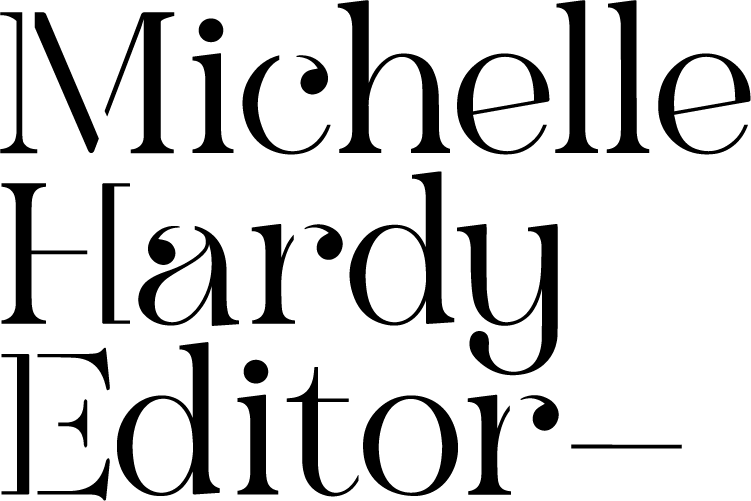“She has passed into Art. It doesn’t happen to everybody.”
from Alice Munro’s “Material”
The story is about Dotty. Of course, she has been changed in some unimportant ways and the main incident concerning her has been invented, or grafted on from some other reality. But the lamp is there, and the pink chenille dressing gown. And something about Dotty that I had forgotten: When you were talking she would listen with her mouth slightly open, nodding, then she would chime in on the last word of your sentence with you. A touching and irritating habit. She was in such a hurry to agree, she hoped to understand. Hugo has remembered this, and when did Hugo ever talk to Dotty?
That doesn’t matter. What matters is that this story of Hugo’s is a very good story, as far as I can tell, and I think I can tell. How honest this is and how lovely, I had to say as I read. I had to admit. I was moved by Hugo’s story; I was, I am, glad of it, and I am not moved by tricks. Or if I am, they have to be good tricks. Lovely tricks, honest tricks. There is Dotty lifted out of life and held in light, suspended in the marvelous clear jelly that Hugo has spent all his life learning how to make. It is an act of magic, there is no getting around it; it is an act, you might say, of a special, unsparing, unsentimental love. A fine and lucky benevolence. Dotty was a lucky person, people who understand and value this act might say (not everybody, of course, does understand and value this act); she was lucky to live in that basement for a few months and eventually to have this done to her, though she doesn’t know what has been done and wouldn’t care for it, probably, if she did know. She has passed into Art. It doesn’t happen to everybody.
Alice Munro, “Material,” in Something I’ve Been Meaning to Tell You: Thirteen Stories, (Toronto: McGraw-Hill Ryerson Limited, 1974), 42-3.
In this passage from Alice Munro’s short story “Material,” the narrator describes how form preserves everyday subject matter. Short story form is that “marvelous clear jelly” through which the subject passes on its way to becoming “Art.” Readers won’t feel satisfied by character sketches alone; they need those characters to dissolve into story. Munro imagines a writer’s “material” as the place where characters suspend, a transparent space allowing readers to look in and believe what they see, from any angle. Jelly shimmers and sparkles; it’s easy on the bite. But it’s also a place where elements congeal, and ideas become fixed or established. Story jelly. A simple dish. Writers spend their whole lives learning how to make it.


